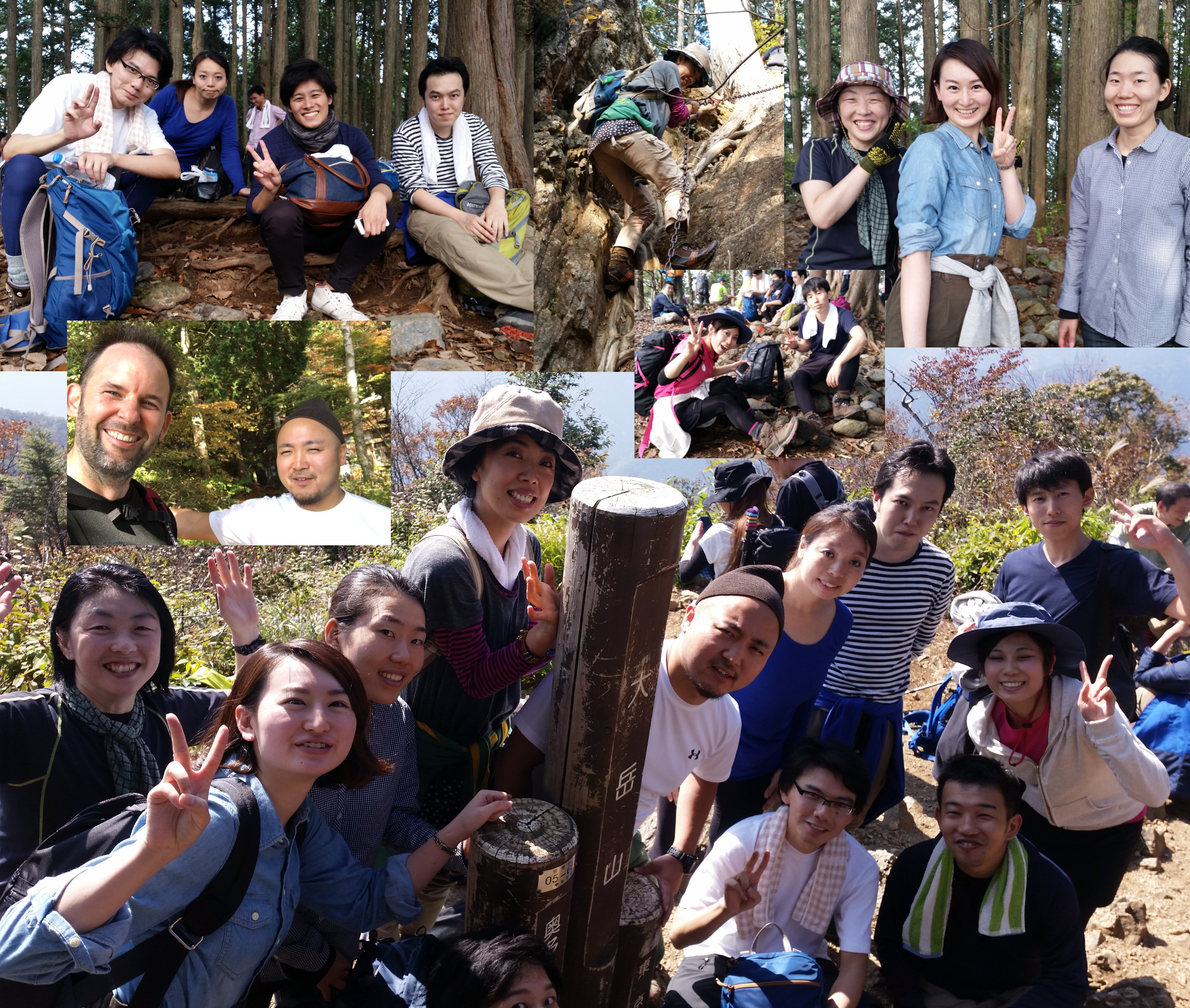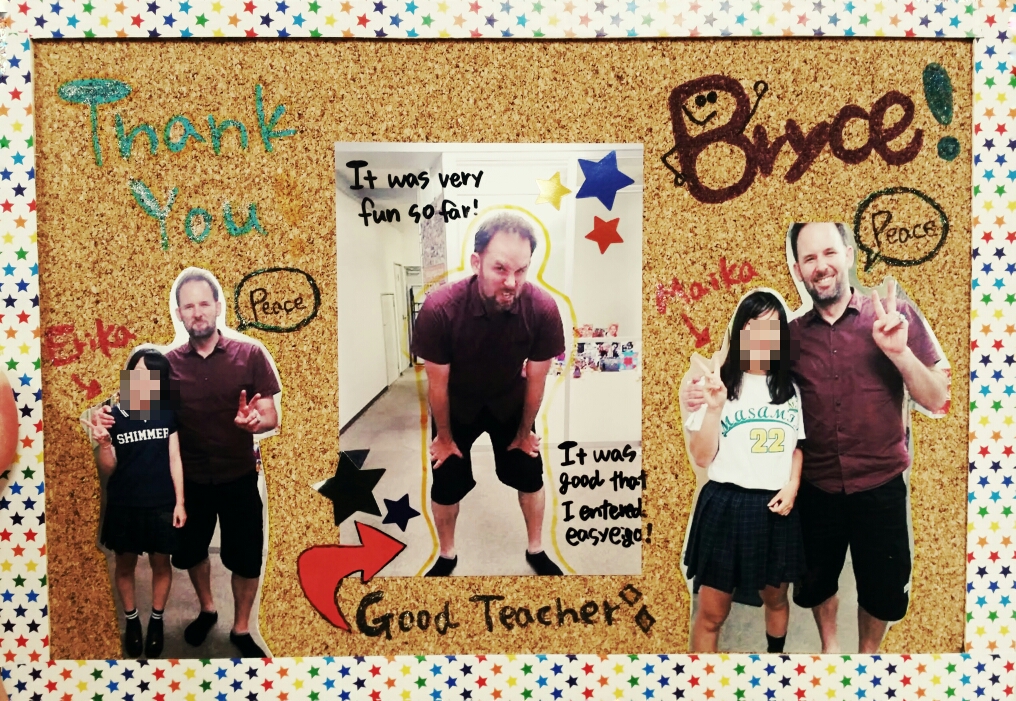「Please」の使い方と日本語の「ください」の使い方は少し違います。うちの生徒はよく間違えます。
間違えポイントは文法の順番です。日本語の下さいは使いやすいですよね。
動詞 + ください
名詞 + ください
しかし、英語の「please」は
PLEASE + 動詞
- Please bring some beer.
- Please don’t pick your nose.
- Please tell Bryce that I love him.
- Please shutup.
名詞 + PLEASE
- An example please.
- Coffee please.
- I want two beers and some fish & chips please.
- Can I have a day-off please?
もちろんこの文法が間違えったら、問題ではないと思うけど、正し順番は覚えやすいです。








